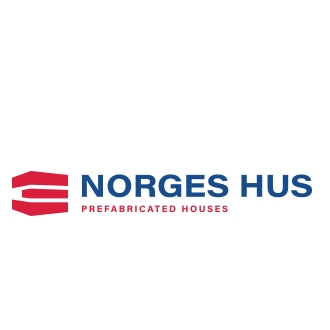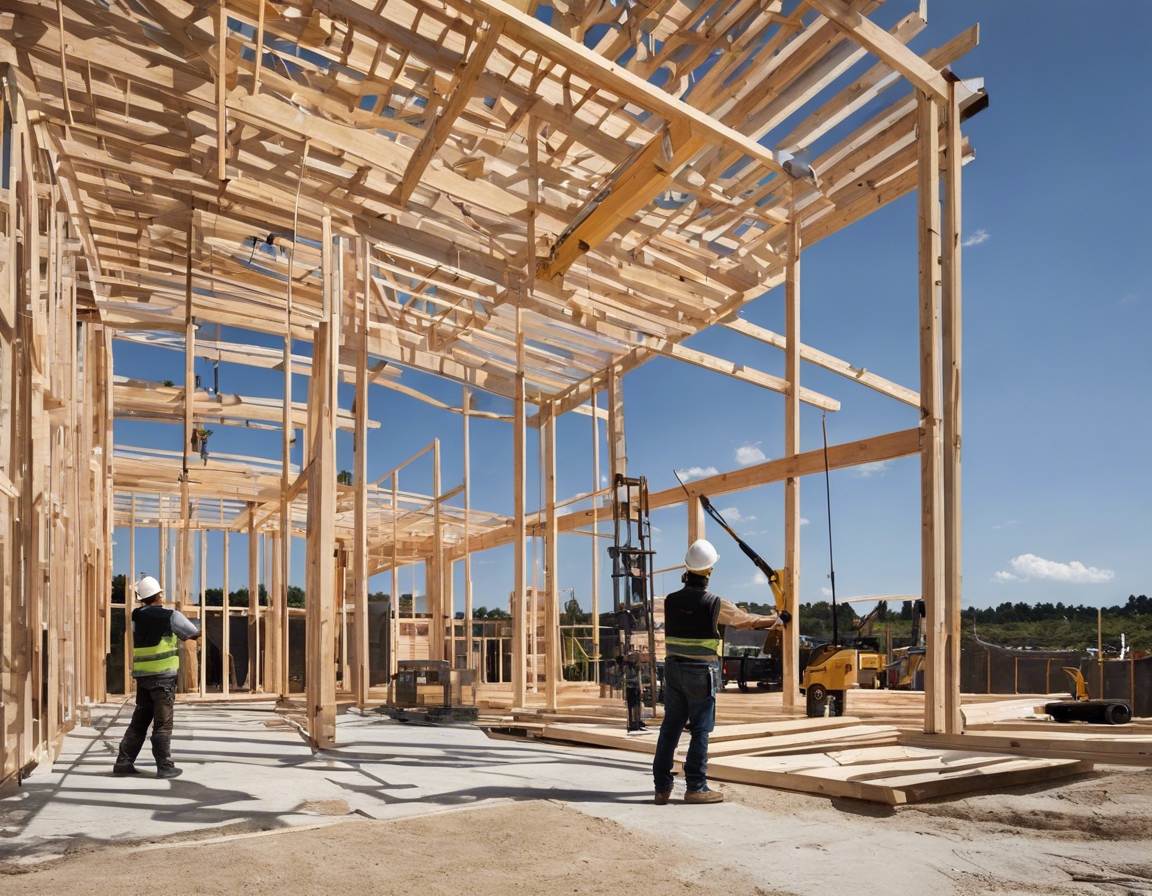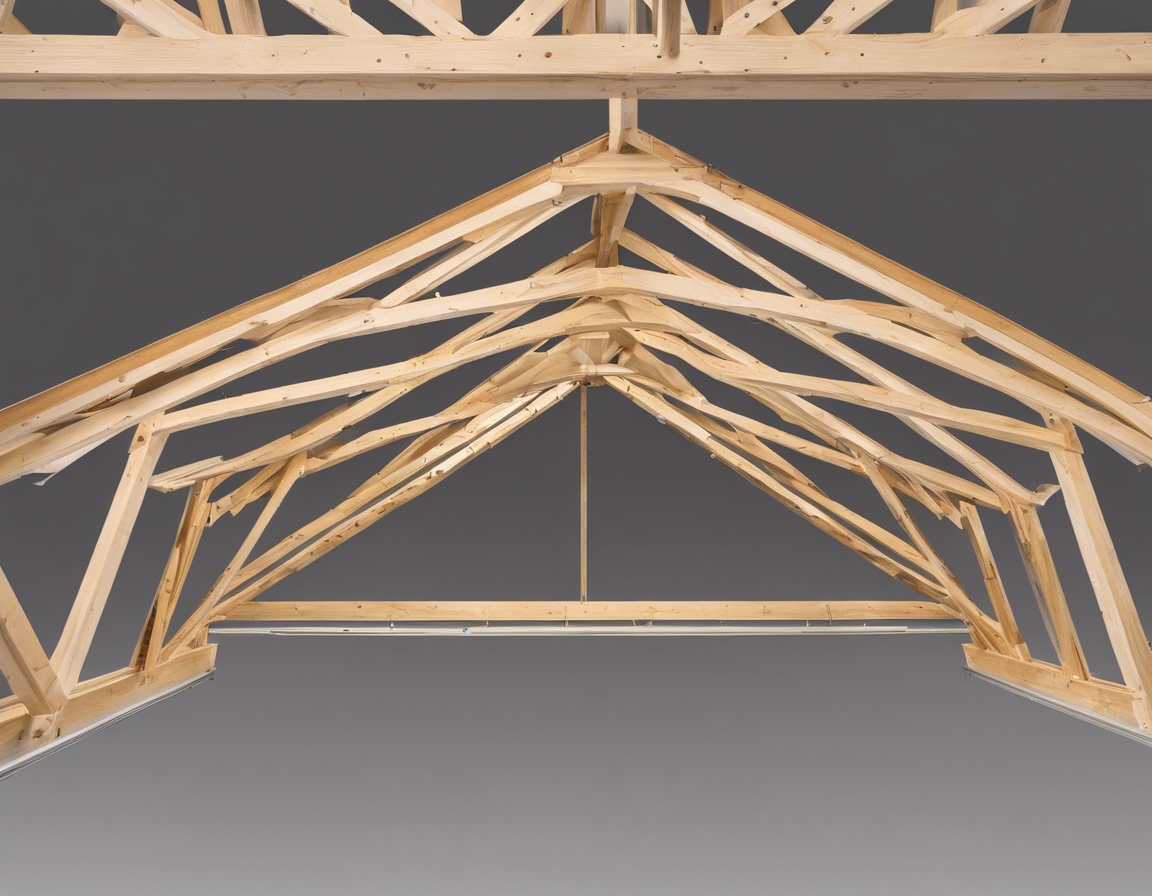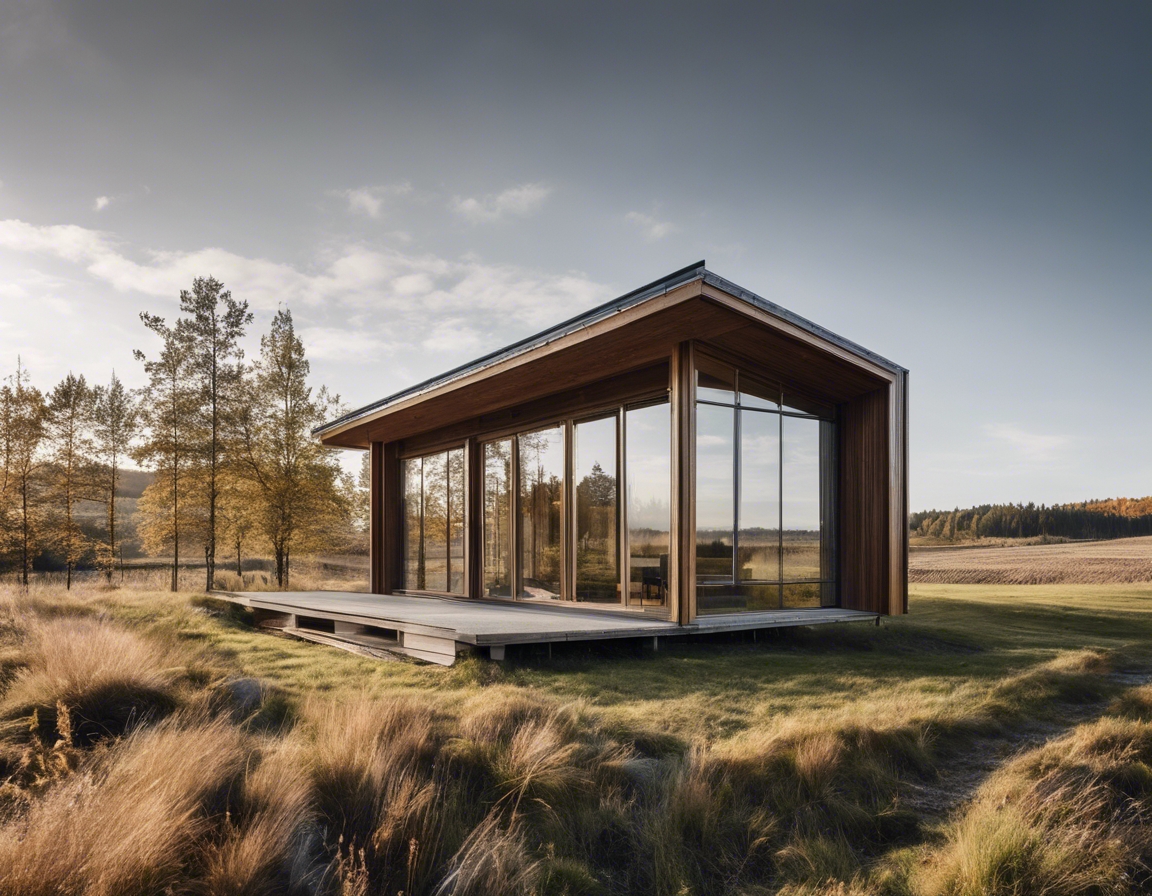The environmental benefits of timber construction
Timber has been a cornerstone in the construction industry for centuries, offering a unique combination of strength, durability, and aesthetic appeal. Its natural properties make it an ideal choice for a wide range of building applications, from residential homes to commercial structures.
With advancements in technology and a growing awareness of environmental issues, timber construction is experiencing a resurgence. Modern engineering techniques have expanded the possibilities of timber, making it a competitive alternative to traditional materials like steel and concrete.
The Sustainability of Timber Construction
Timber stands out as a sustainable building material because it is sourced from renewable forests. When managed responsibly, these forests can provide an endless supply of wood, ensuring a balance between consumption and growth.
One of the most significant environmental benefits of timber is its ability to store carbon. Trees absorb carbon dioxide from the atmosphere as they grow, and this carbon remains locked within the wood even after it is harvested and used for construction.
The process of producing timber for construction requires significantly less energy compared to manufacturing steel or concrete, resulting in a lower carbon footprint.
Environmental Impact During Construction
Timber construction methods often involve prefabricated elements, which can be assembled quickly on-site, minimizing the environmental impact and disruption to the surrounding area.
The precision of modern timber construction techniques leads to less waste generated during the building process. Excess materials can often be recycled or repurposed, further reducing the environmental footprint.
Long-Term Environmental Benefits
Timber has excellent thermal properties, which contribute to energy-efficient buildings. This not only reduces the demand for heating and cooling but also lowers greenhouse gas emissions over the building's lifespan.
Incorporating timber in construction promotes biophilic design, which recognizes the human desire to connect with nature. This approach has been linked to improved mental and physical health for occupants.
At the end of its life, timber can be repurposed or recycled, reducing the need for new materials and the associated environmental impacts. This circular approach to building materials is a key aspect of sustainable construction.
Timber Construction and Biodiversity
Responsible timber sourcing involves sustainable forestry practices that protect biodiversity and ensure the health of forest ecosystems.
By choosing timber from sustainably managed forests, construction projects can contribute to the preservation of natural habitats and the species that depend on them.






Comments (0)